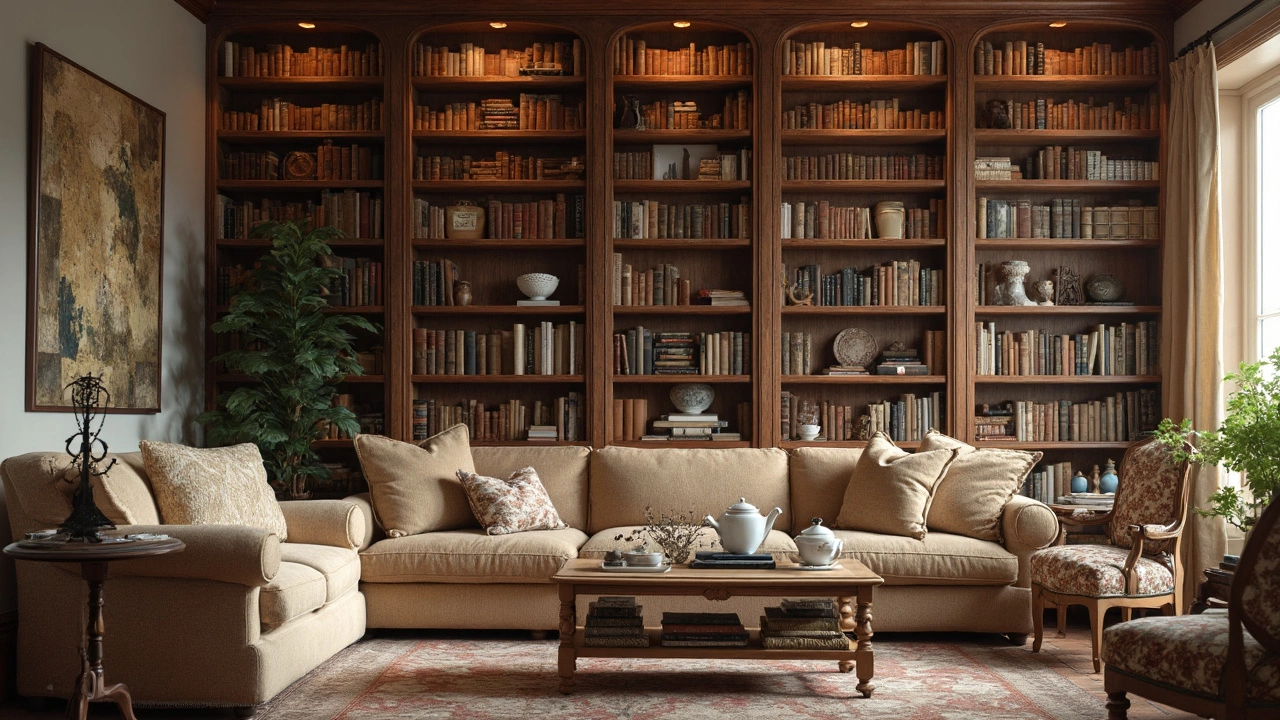Wood for Bookshelves: Strong, Stylish, and Sustainable Choices
If you’re building or buying a bookshelf, the wood you pick matters more than you think. It affects how much weight the shelves can hold, how the piece ages, and how it fits with your décor. Below we break down the top woods, what makes each one special, and practical tips to help you decide.
Popular Wood Choices
Oak is a classic for a reason. It’s hard, dense, and can handle heavy tomes without sagging. The grain pattern is bold, which works well in rustic or farmhouse styles. Oak does cost a bit more, but its durability means you won’t need to replace the shelves for years.
Pine is lighter and cheaper than oak. It’s easy to work with, making it a favorite for DIY projects. Pine’s natural color is pale, so it fits well in modern or country looks. The downside is that it’s softer, so very heavy books may cause dents over time.
Walnut brings a rich, dark tone that instantly upgrades a room. It’s strong enough for most collections, and the deep color hides dust well. Walnut is a premium choice, so budget‑friendly projects often skip it unless you’re after a high‑end feel.
Reclaimed Barn Wood adds character and sustainability. Each piece has a story, with nail holes and weathered marks that give a unique vibe. It’s typically hardwood, so strength isn’t an issue, but you may need to sand and seal it to avoid splinters.
Tips for Choosing the Right Wood
Start by estimating how many books you’ll store. If you plan to load each shelf with 40‑50 lbs of hardcovers, lean toward oak or reclaimed hardwood. For lighter collections—paperbacks, decorative items—pine works fine and saves money.
Think about finish. A clear polyurethane seal protects the wood and shows off grain, while a matte paint can hide imperfections and match wall colors. If you love the natural look, oil‑based finishes enhance durability without a glossy shine.
Consider sustainability. Look for FSC‑certified lumber or reclaimed material to keep your project eco‑friendly. Reclaimed wood often comes with a lower carbon footprint because it re‑uses existing resources.
Measure your space carefully. Standard bookshelf depth is about 12 inches; wider shelves need extra support, especially with softer woods. Adding a middle brace or a back panel can prevent wobble.
Finally, match the wood to your room’s style. Light pine pairs with Scandinavian interiors, while dark walnut complements industrial or modern lofts. Oak bridges the gap between traditional and contemporary, making it a safe middle ground.
Choosing the right wood for your bookshelf doesn’t have to be overwhelming. Focus on weight capacity, look, budget, and sustainability, and you’ll end up with a piece that holds your books and your style for years to come.
Best Wood for Bookshelves: A Guide to Durable and Stylish Choices
Choosing the right wood for a bookshelf is crucial for both durability and aesthetics. This guide explores popular wood types like oak, maple, and pine, highlighting their characteristics, benefits, and drawbacks. Discover tips on how to select the ideal wood that suits your style and budget while ensuring your bookcases stand the test of time. From classic finishes to modern designs, find the best fit for your home and book collection.
More
